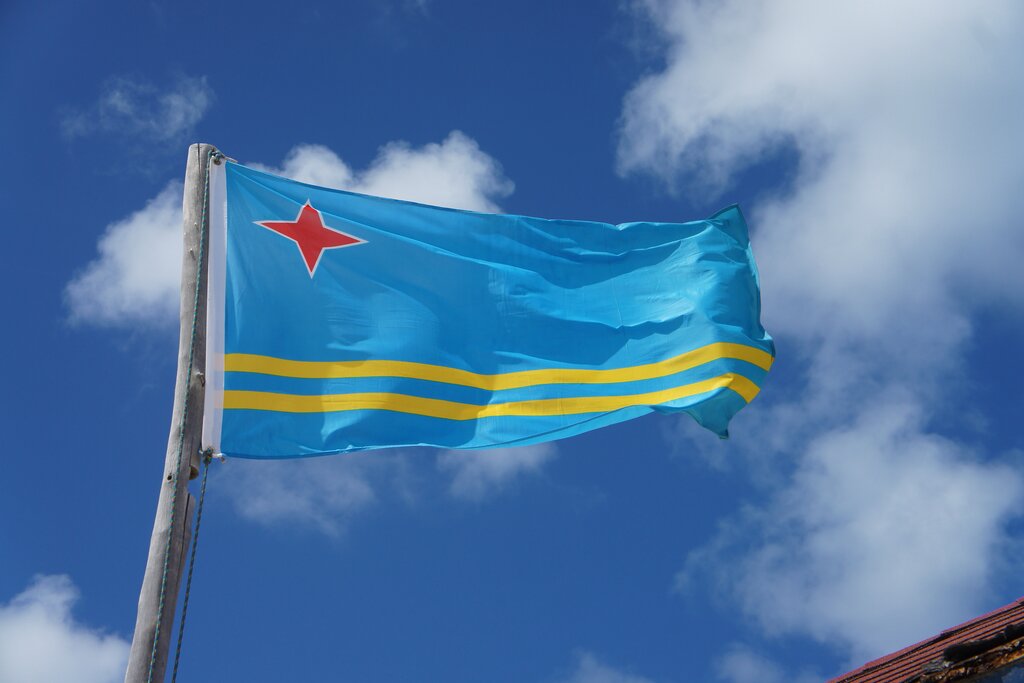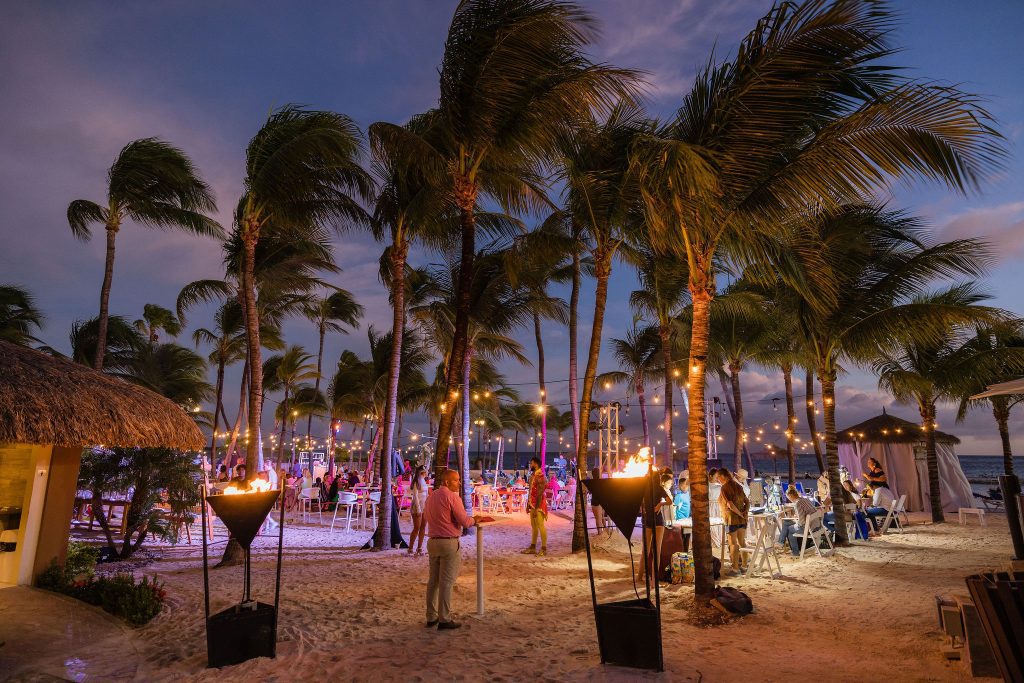March 18th is a day of immense pride and celebration in Aruba—“Dia di Himno y Bandera,” or Anthem & Flag Day. This cherished local holiday honors Aruba’s national identity, filling the island with joy, unity, and vibrant displays of patriotism. Across the island, you’ll see smiling faces, waving flags, and Aruba’s colors dancing in the warm Caribbean breeze, as locals proudly celebrate their “Dushi Tera” (sweet land).
So what is Aruba’s National Anthem and Flag Day all about?
This holiday marks the official adoption of Aruba’s flag and national anthem in 1976. The date was intentionally chosen to honor a significant moment in the island’s history—March 18, 1948, when a petition for Aruban independence was first presented, nearly three decades earlier.
On January 1, 1986, Aruba officially achieved “Status Aparte,” becoming an autonomous country within the Kingdom of the Netherlands. This milestone was made possible through the visionary leadership and unwavering dedication of our local hero, Gilberto Francois ‘Betico’ Croes.
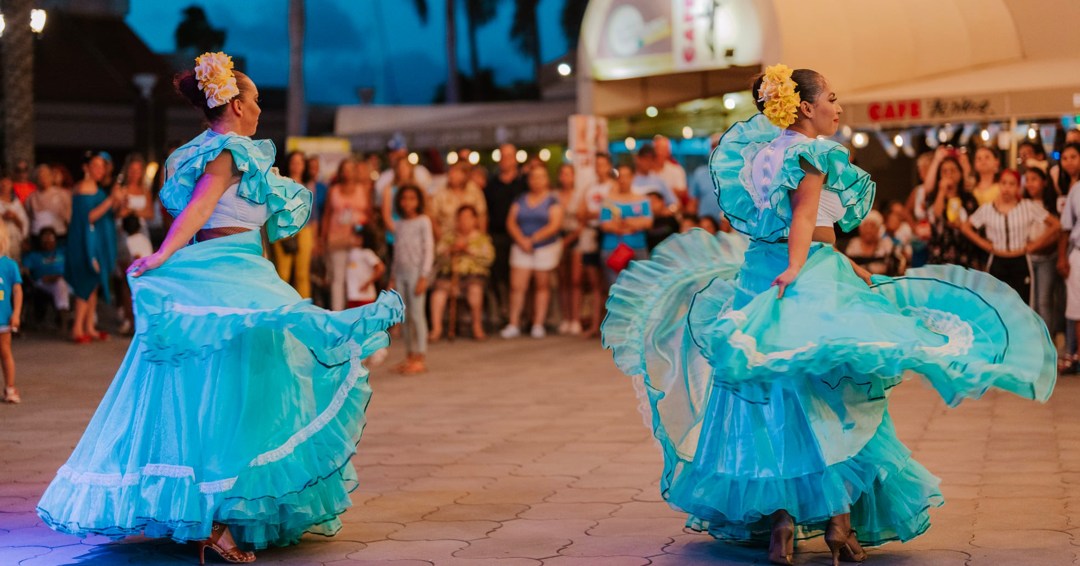
On Anthem & Flag Day, also known as “Aruba Day,” the island comes alive with vibrant displays of Aruba’s colors, traditional festivities, and cultural events. And of course, no celebration is complete without indulging in plenty of delicious local cuisine! View some of the activities and dining specials offered on this special day.
Aruba’s Flag
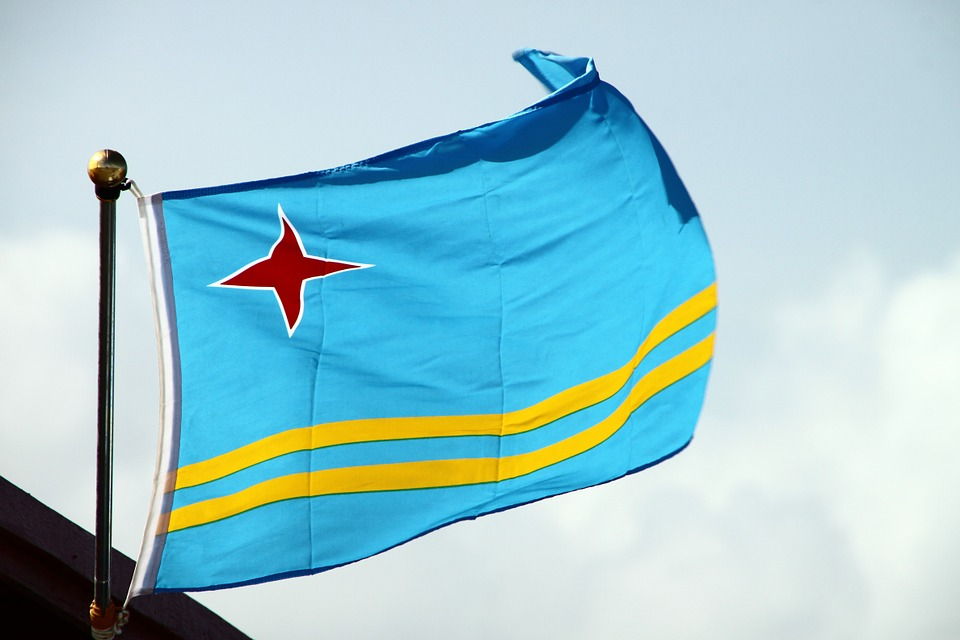
Aruba’s flag features a light blue field with two horizontal yellow stripes, a red star, and a white border. Did you know that each of the four colors of the flag holds special significance for Aruba?
The blue color symbolizes the beautiful and alluring sea surrounding our happy little island. We affectionately refer to this shade of blue as “Aruba blue,” our favorite!
Yellow symbolizes abundance and reflects Aruba’s rich history and industries, including gold, aloe, oil, and tourism. Additionally, this vibrant color represents the island’s bright and warm sunshine, which visitors adore. Finally, yellow also stands for the beautiful flora that blooms across the island, such as the Kibrahacha, Brazil, Bonchi di Strena, Curahao, Tuturutu and Wanglo.
Red is for the ancient industry of Brazil Wood and the great love each Aruban has for the country. The red also stands for a more somber reason: it is a tribute to Aruba’s first inhabitants, an ode to the native people of Aruba, the Caquetio Indians, whose blood was shed in the Rooi Frances for the freedom of Aruba during Colonial times.
The white symbolizes the powdery white-sand beaches and the purity of Aruba’s people’s hearts, who strive for justice, order, and liberty.
The Symbols
The symbols on the flag include a 4-pointed star and two yellow stripes.
According to the Aruban Government, the special star represents the four points of a compass and symbolizes the diverse origins of Aruba’s population, which comes from over 100 different countries. This incredible diversity makes Aruba a beautiful melting pot of many cultures and people. Additionally, the star is said to represent the island itself, which is surrounded by the bright blue sea.
The two horizontal yellow stripes are said to have two meanings. First, they are reminiscent of the status aparte movement, representing the free and separate position Aruba enjoys within the Kingdom of the Netherlands. Second, they honor Aruba’s historical industries, gold and petroleum, which played a significant role in shaping the island’s economy.
Aruba’s National Anthem, “Aruba Dushi Tera”
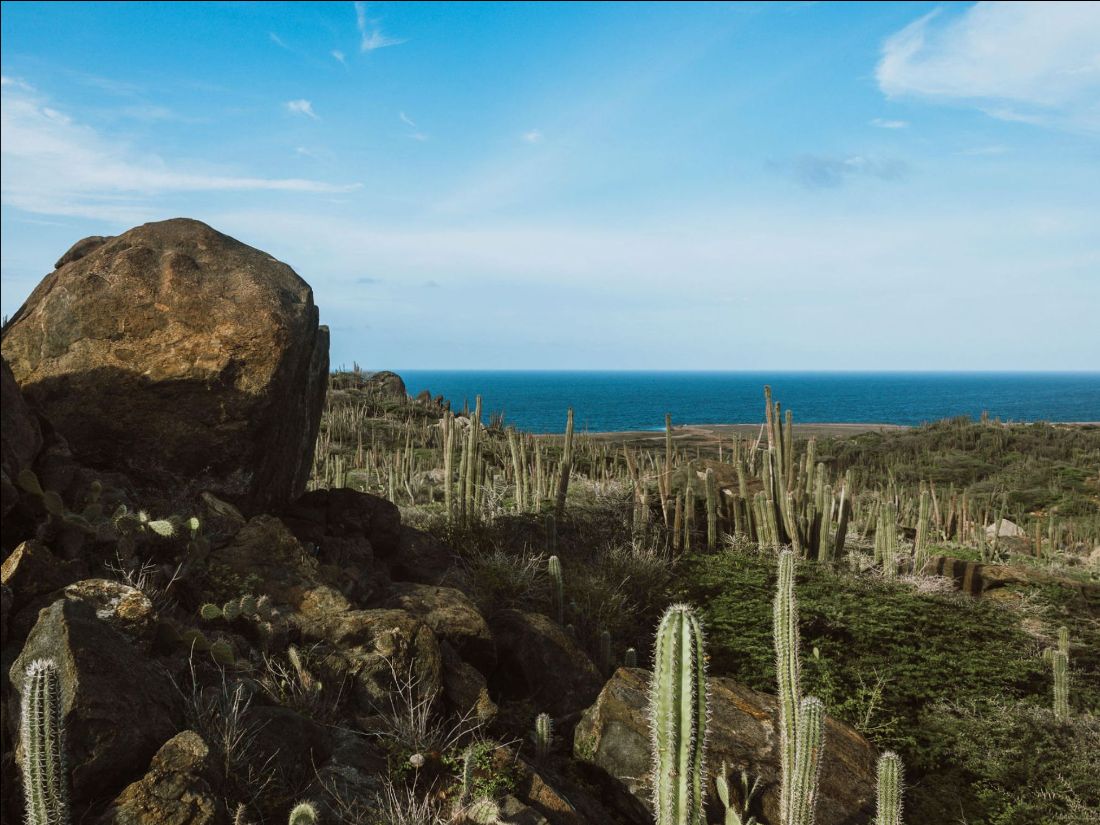
“Aruba Dushi Tera,” meaning “Aruba Sweet Land” or “Aruba Precious Country,” is the island’s beloved national anthem. This elegant waltz, composed by Rufo Wever with lyrics by Juan Chabaya ‘Padu’ Lampe, was later enriched with an additional verse by Hubert Booi in 1976. Officially adopted on March 18, 1976, the anthem beautifully captures the deep love and pride Arubans have for their island. Take a look (or listen) for yourself, you can view the lyrics here (the original in Papiamento along with a translated version in English).
Visit our website to discover more about Aruba!


